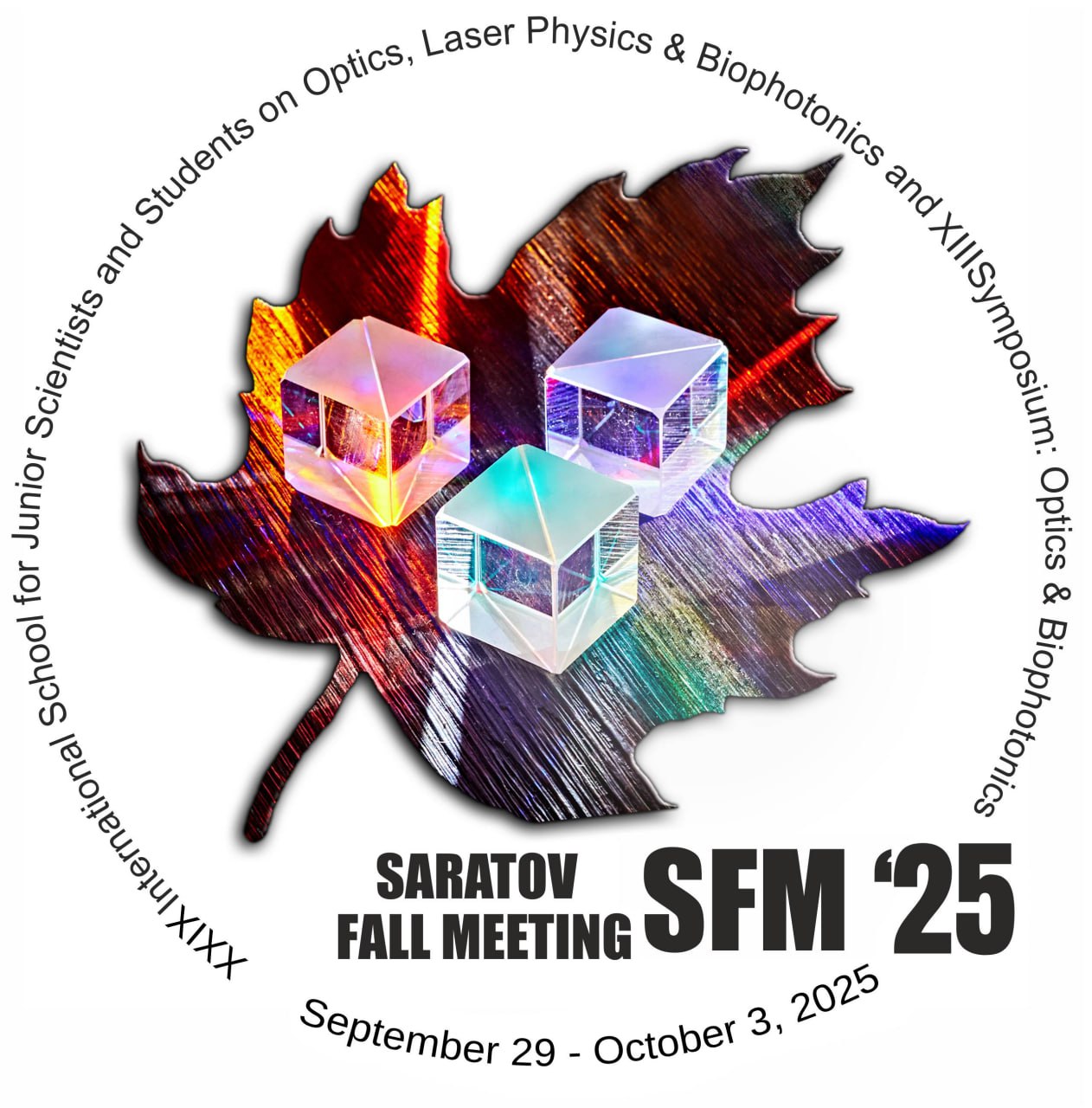Detection of Ultraweak Photon Emissions from Mouse Embryos with Implications for Assisted Reproduction
József Bódis1, József Berke2,3, Zoltán Bognár1, István Gulyás1
1 University of Pécs, Hungary
2 Dennis Gabor University, Budapest, Hungary
3 John von Neumann Computer Society, Hungary
Abstract
In vitro fertilization (IVF) has become a routine procedure in medicine in the past four decades. A time-lapse system is an increasingly widely used method to control embryo development but needs visible light, which can harm the cells.
Living cells have spontaneous ultraweak photon emission (UPE). The ORCA-Quest CMOS camera (Hamamatsu Photonics, Japan) is a highly sensitive and essential tool for photon detection, applied with a microscope incubator (Olympus), which ensured the ideal conditions for embryo culture in such a way that it also became possible to detect the photons emitted by the embryos by excluding harmful visible light in completely dark conditions. To evaluate the detected higher-entropy energy data, we developed a unique algorithm (Entropy Weighted Spectral Fractal Dimension (EW-SFD)), which shows the self-similar structure of the energy released by the embryo in the form of photons.
At the reference measurements, it was revealed that the difference between the sample holder and the sample holder filled with incubation media is minimal, and not significant. In the series of experiments, the photon emission of freshly conceived embryos was significantly higher than that of previously frozen and then thawed embryos. First time detection of ultra-weak photon emission of mouse embryos provides the basis for an embryo monitoring system "Photon Emission Embryo Control System (PEECS). Ultraweak Photon Emission Fingerprints of Embryos may be used for selection of the most viable embryos in an ideal dark environment eliminating the harmful effect of visible light on embryos.
File with abstract
Speaker
József Bódis
University of Pécs
Hungary
Discussion
Ask question


